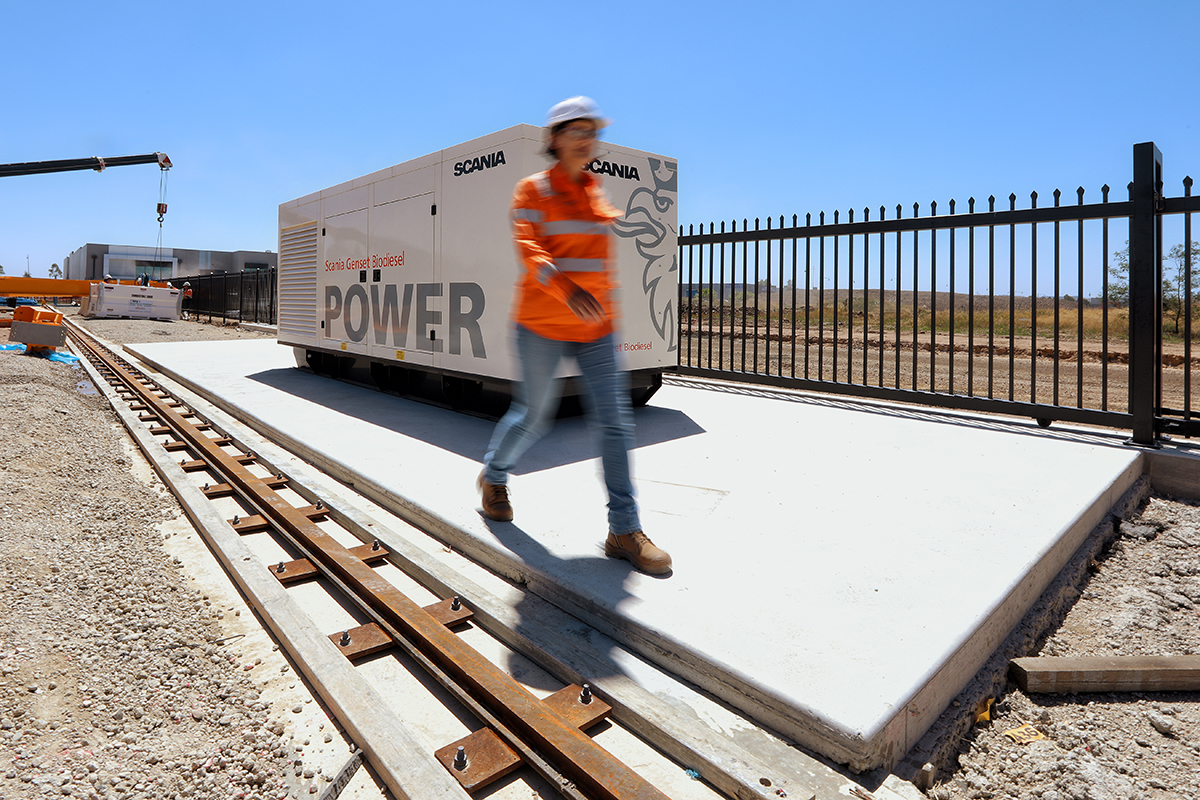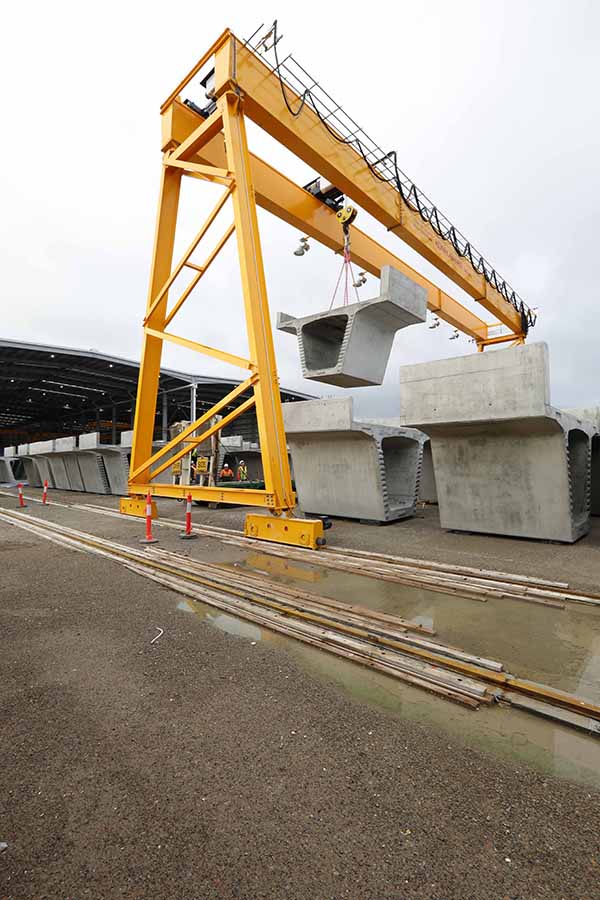Certified: Adelaide’s Torrens Road to River Torrens Project
T2T delivers a 4km non-stop section of roadway, providing significant travel time
Read MoreThis article is taken from the 2018 ISCA Impacts Report.
Lendlease along with its Alliance partners - Level Crossing Removal Authority (LXRA), WSP, Aurecon, CPB Contractors and Metro Trains Melbourne - is delivering the Caulfield to Dandenong level crossing removal project (CTD) along one of Melbourne’s busiest rail corridors.
The project involves rebuilding five stations and removing nine level crossings to create renewed village centres at Carnegie, Murrumbeena, Hughesdale, Clayton and Noble Park. Ultimately, the elevated rail design will convert the previous brown-field rail corridor into 22.5 hectares of new linear park green-fields beneath the structure leaving a positive legacy for the community.
This innovative world class design infrastructure project required a state-of the-art precast concrete yard to be established to produce the more than 2,200 pre-cast concrete segments to build parts of the new elevated rail line. This purpose-built precast concrete yard was essential in meeting the precise architecturally finished viaduct design and also the high production rates for the concrete segments. Each precast segment weighed 26 tonne and at peak production, the precast yard facility produced up to 17 segments per day.
[caption id="attachment_4235" align="alignnone" width="1200"] CTD. Photo: Pete Glenane/HiVis Pictures[/caption]
CTD. Photo: Pete Glenane/HiVis Pictures[/caption]
CTD recognised business as usual pre-cast concrete facilities typically had low energy efficiency, high-emissions output and little whole-of-life considerations, creating negative impacts on our environment. The challenge for CTD was to identify and embed sustainability applications and solutions into the precasting processes to ensure manufacture processes could match the elevated structural design which minimises urban, visual and environmental impact.
CTD demonstrated the incorporation of multiple whole of life sustainability initiatives into key phases of the precast yard including design, construction and materials processes of the facility and in the precast materials. This also extended to the materials makeup of the concrete, aggregates and steel within each precast element.
[caption id="attachment_4236" align="alignnone" width="600"] Photo: Pete Glenane/HiVis Pictures[/caption]
Photo: Pete Glenane/HiVis Pictures[/caption]
The initiatives allow CTD to realise real and material reduction to the impact on the environment, including reduction in greenhouse gas emissions, diverting waste from landfill by using recycled content in the construction and manufacturing processes.
Key sustainability initiatives include:
Lendlease along with its Alliance partners are committed to delivering high quality assets safely and with a genuine commitment to advancing sustainability within the industry.